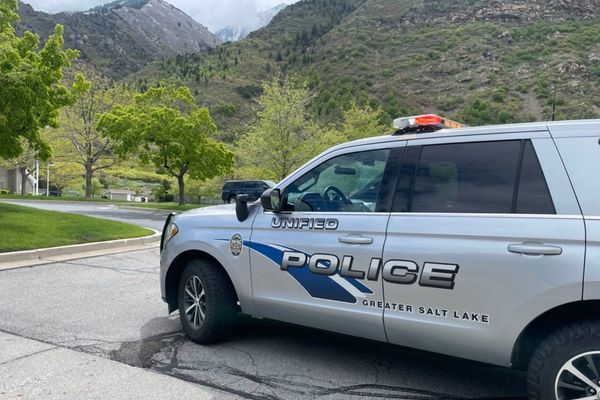
Another week, another celestial event to marvel at. This weekend, the Moon will appear to take a chunk out of the Sun during a partial eclipse.
The eclipse will be visible across Europe on Saturday, as well as western Africa, eastern North America, and northern Asia.
For the rest of the Northern Hemisphere, the Sun will shrink the most for the northeastern United States, Greenland, and eastern Canada.
For even a partial eclipse, you'll still need to remember to shield your eyes.
Here's what to expect in Europe, when you can see it, and how to watch it safely.
What happens during a partial solar eclipse?
During a partial solar eclipse, the moon passes between the Sun and Earth. The Moon casts a shadow on Earth and only partly blocks the Sun, making it appear like a crescent.
Unlike a total solar eclipse, there's no totality so experts say proper eye protection must be worn the whole time.
"Eclipses are just a game of light and shadow that are played by the sun, moon and Earth," said Auriane Egal with the Planetarium in Montréal.
Solar and lunar eclipses happen anywhere from four to seven times a year, according to NASA.
Due to the Moon's tilted orbit around Earth, they tend to come in pairs. A total lunar eclipse turned the Moon red in mid-March, for instance.
When will it be visible in Europe?
To see the eclipse, look on astronomy websites to see when it begins in your area.
The spectacle is slotted during sunrise for most of the Americas, late morning for western Europe and Africa, and in the afternoon for eastern Europe and northern Asia.
During the eclipse, the Sun will slowly slim to a crescent as the Moon appears to cover it and the day may get dimmer.
"It will feel like a particularly cloudy day," said Juan Carlos Muñoz-Mateos with the European Southern Observatory.
Check weather conditions before heading outside. Clear skies away from tall buildings and city lights are best.
What should you use to see it?
Protective eyewear must be worn, but viewers can enjoy the spectacle through indirect ways such as making a pinhole projector using household materials.
Holding up a colander will produce a similar effect. Peering at the ground under a shady tree can yield crescent shadows as the sunlight filters through branches and leaves.
Another total lunar eclipse and partial solar eclipse will return in September with the best solar eclipse views in Antarctica and New Zealand.







